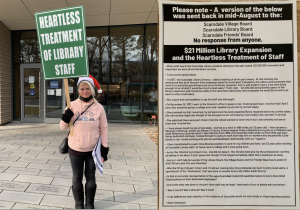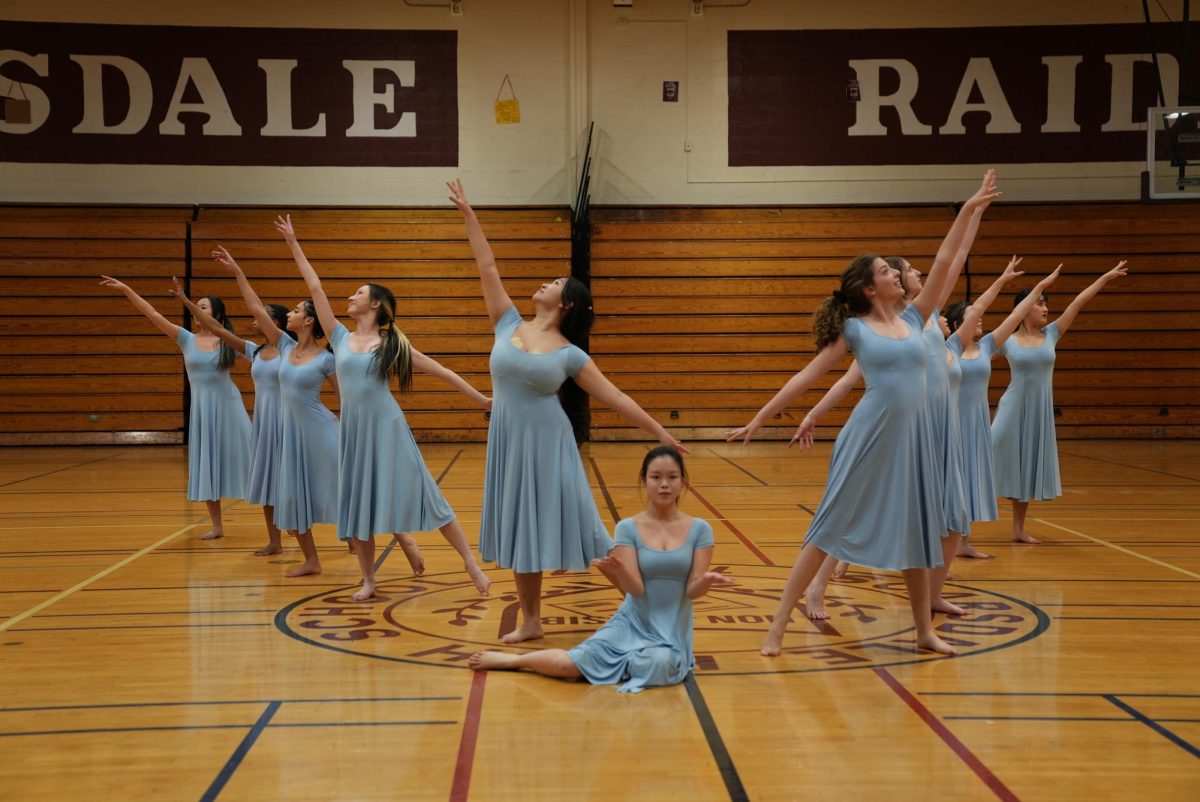The Death of an Icon: Supreme Court Justice Ruth Bader Ginsburg Dies at 87
Long-time gender equality advocate and Supreme Court Justice Ruth Bader Ginsburg passed away last Friday at age 87.
September 24, 2020
Ruth Bader Ginsburg, the second female Supreme Court Justice, died last weekend at age 87. An inspiration to young girls everywhere, RBG’s commitment to achieving gender equality is one of the many reasons why she will be remembered. “I thought [her death] was expected because of all of her health problems, but I do wish she could have made it a little further,” said Madison Lee ’22.
Ginsburg grew up in a lower-middle-class neighborhood in Brooklyn, New York. Her mother served an important role in her life and taught Ginsburg the importance of education and independence. RBG excelled academically in high school, and her mother’s death only further fueled her quest for education. After graduating first in her class at Cornell University, Ginsburg married her supportive and loving husband, Martin Ginsburg. She went on to study law at Harvard University and balanced her studies with caring for her newborn child.
A regular trailblazer in all aspects of her life, Ginsburg endured a hostile male-dominated work environment at Harvard as one of nine women in her class of more than 500 students. Despite these obstacles, she persevered and even became the first female member of the Harvard Law Review. After fighting for women’s rights in the American Civil Liberties Union, President Clinton appointed Ginsburg to the United States Supreme Court, where she continued to fight for gender equality and formed an unlikely friendship with Antonin Scalia, a conservative justice.
In 2009, Ginsburg was diagnosed with pancreatic cancer, but she continued her fight for justice in the courtroom until her death. “Both as an advocate when she was working for the ACLU and as a jurist, RBG really made her mark expanding the definition of rights protection for women and girls,” explained SHS Social Studies Department Chair John Harrison. Ginsburg served as a role model to innumerable young people, so her passing has created a lasting impact on many across the nation. “She did so much for women’s rights, and I feel indebted to her because she is the reason I am considered equal to a man in the eyes of the law. I know she had been battling cancer for a long time, but she seemed…eternal. Larger than life,” explained Rishika Bansal ’22.
RBG’s death raises the question of who will take her place on the Supreme Court. Many liberals blame Ginsburg for not stepping down during the Obama administration and letting President Obama appoint a liberal successor. “What is so divisive is that her death comes at the precipice of the presidential election,” explained Harrison. “It looks as though President Trump is going to be able to appoint a third justice to the Supreme Court before he leaves office,” Harrison added, which will lead to a majority of conservative justices and a 6-3 split.
In 2016, President Barack Obama named Merrick Garland, a moderate jurist, to fill the vacancy on the Supreme Court after Justice Scalia’s death. However, no proceedings of any kind were held. Senate Majority Leader Mitch McConnell declared that with an approaching election, the incoming president should select the next nominee. As Republicans held a majority in the Senate, McConnell had the authority to proclaim that any appointment made by Obama would be invalid. Four years later, McConnell is pushing for Republicans to confirm a Trump nominee before the presidential election in November 2020.
Although Ginsburg’s replacement has the potential to skew the Supreme Court, her legacy as an iconic Justice and gender equality activist will live on. “RBG has the potential of being one of the few supreme court justices whose name will be remembered years after her death. Her commitment to helping expand liberty and rights protection is something that most people will continue to admire for many years,” concluded Harrison.



























